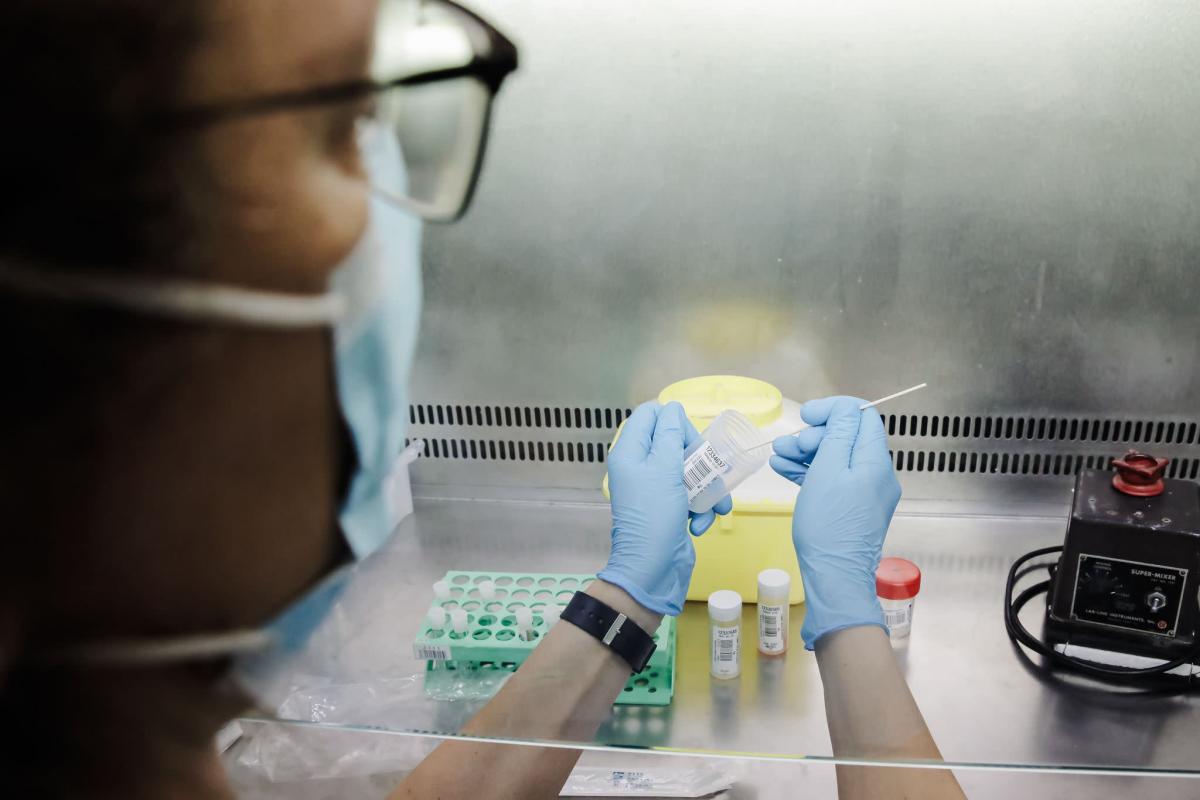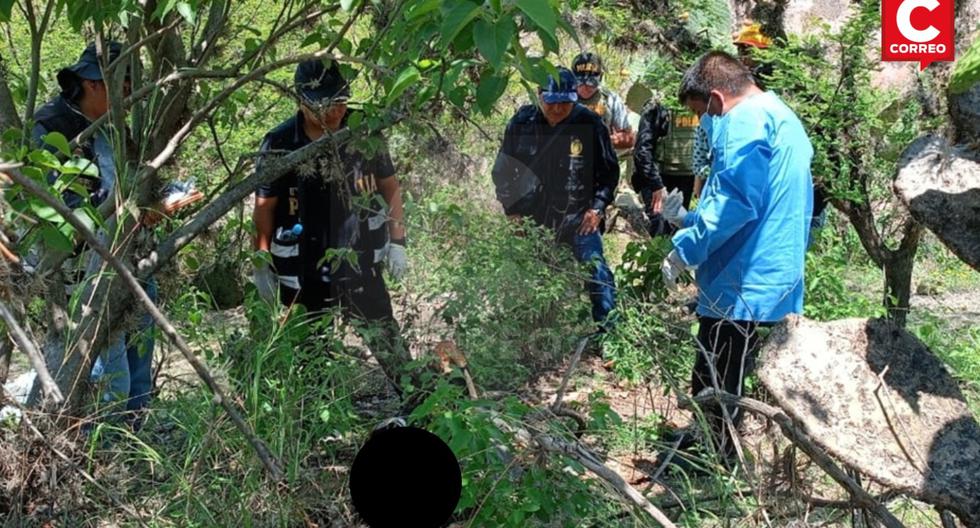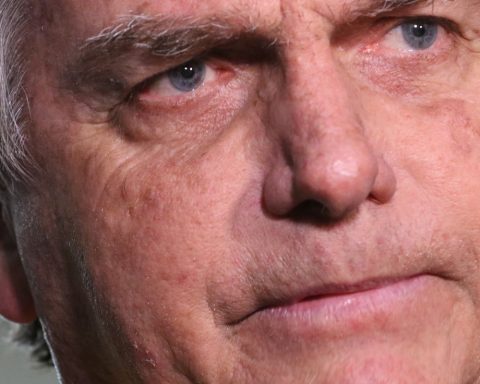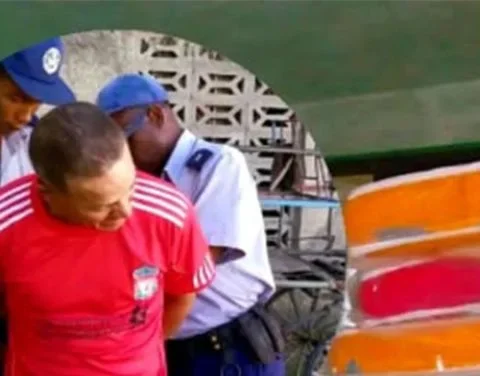A Düsseldorf (Germany) patient has become the world’s third confirmed case of HIV cure, after receiving a stem cell transplant to treat leukemia, bringing the possibility of a large-scale treatment one step closer.
He case has been studied by the IciStem consortium, coordinated jointly by the University Medical Center of Utrecht (Netherlands) and the IrsiCaixa AIDS Research Institute of Badalona (Barcelona, Spain), a center promoted jointly by the La Caixa Foundation and the Department of Health of the Generalitat.
MYELOID LEUKEMIA
This is a man, who prefers to remain anonymous, who was withdrawn from antiretroviral treatment against HIV in a supervised manner, after undergoing a stem cell transplant to treat myeloid leukemia and, four years later, the virus has not reappeared.
The study, published on Monday in the journal Nature Medicine, has shown the absence of HIV and an immune response against this virus in the patient’s body despite not receiving treatment for four years, evidence that allows us to certify that it is a new case. of healing.
In 2008, a medical team in Düsseldorf, Germany, diagnosed this patient with HIV infection and started standard antiretroviral treatment, which controls the infection and reduces the amount of virus to such minimal levels that it is undetectable in a blood test. , and they do not have contagion capacity either.
Four years later, in 2012, he suffered leukemia for which he underwent a stem cell transplant.
In these very unique cases, a stem cell donor is sought who has a mutation called CCR5 Delta32 that prevents the body from producing one of the entry doors for HIV into cells and, therefore, makes infection more difficult.
More than five years after the transplant, and having gone through two relapses of leukemia and various complications, the patient stabilized and the research team agreed to withdraw antiretroviral treatment against HIV.
“Ten years have passed since the transplant and four since the antiretroviral was discontinued; Normally, when the treatment is stopped, the virus reappears in four days, so four years is a sufficient period to announce that it is a case of cure”, the co-author of the article and IrsiCaixa researcher, Javier Martínez-Picado, explained to EFE.
PREVIOUS CASES
exist two previous cases considered as healing, the patient in Berlin (confirmed in 2011) and the one in London (2020), who, like the one in Düsseldorf, underwent a stem cell transplant, a medical intervention that is only applied to people suffering from a hematological disease.
“These are patients who have suffered leukemia or lymphoma and, in addition, they were carriers of HIV, but this transplant is a very high-risk medical intervention only reserved for people who have no other option from the hematological point of view,” Martínez-Picado pointed out. .
In addition, it is difficult “to find a suitable donor who is not only compatible for the transplant, but also has this mutation (CCR5 Delta32), and in that the probability is very low, approximately 1 in 1 million”, he highlighted. .
Thus, this route is not applicable on a large scale, but it does show the way to a possible solution for all those infected.
In this sense, researchers have been working for some time on this CCR5 Delta32 protein, capable of preventing infection, with the aim of genetically modifying it and implanting it in cells that, once reintroduced into the patient, can rapidly expand to cure the disease. .
VACCINES
“The curing HIV in a timely manner is already a reality and, at a scalable level for the rest of the population, it is getting closer”, predicted Martínez-Picado, who recalled that work is also being done on preventive vaccines that would complete this future curative strategy.
Achieving a large-scale cure of HIV would allow patients to stop taking antiretroviral treatment for the rest of their lives – lucrative for pharmaceutical companies, but expensive for the public system – and would end the stigma they still suffer.
In addition to the confirmed patients from Berlin (Timothy Ray Brown, who died of cancer in 2020), London (the British of Venezuelan origin Adam Castillejo), and the latter from Düsseldorf, there are two other cases of HIV remission also after a transplant that have been presented at scientific conferences and that could soon be added to the list: the one in New York and the one at the City of Hope Hospital in Duarte (California, United States).
Different cases are those known as “functional cure” –such as the patient from Barcelona being investigated by the Hospital Clínic–, who are people who have not received a transplant for another disease and who continue to have HIV, but who enjoy special factors that they cause your body to keep the virus in check at undetectable levels without the need for antiretroviral treatment.
“A message of hope”
Adam Castillejo, known worldwide as “the London patient”, is a unique case and prior to the one in Düsseldorf known yesterday of an AIDS cure who wants to give “a message of hope” to science after having survived “two death sentences”. for AIDS and leukemia.
This 42-year-old Briton of Venezuelan origin, celebrated in an interview with EFE that the Düsseldorf patient had formally joined the list of extraordinary cases of HIV cure that the Berlin patient, Timothy Ray Brown, inaugurated in 2011, who he later passed away from cancer in 2020.
that same year this London patient came to light; the second in the world to appear with first and last name to show “the human part” of scientific research. “A living proof of the 40 years of the development of science against HIV is me and I could not remain incognito, but I had to go out to give a message of hope to researchers and to my community because, although I no longer have HIV , I will always be from the HIV community, as a survivor”, explained Adam Castillejo.
Currently Castillejo, at 42, is in remission from cancer and HIV, but at a very high cost.
“There is a culture of thinking that AIDS is over and it is not like that, it prevails alive and latent in all corners of the planet,” Castillejo emphasizes about the disease that in 40 years has left 40 million dead and continues to kill annually, directly or indirectly, to some 700,000 people in the world.
















